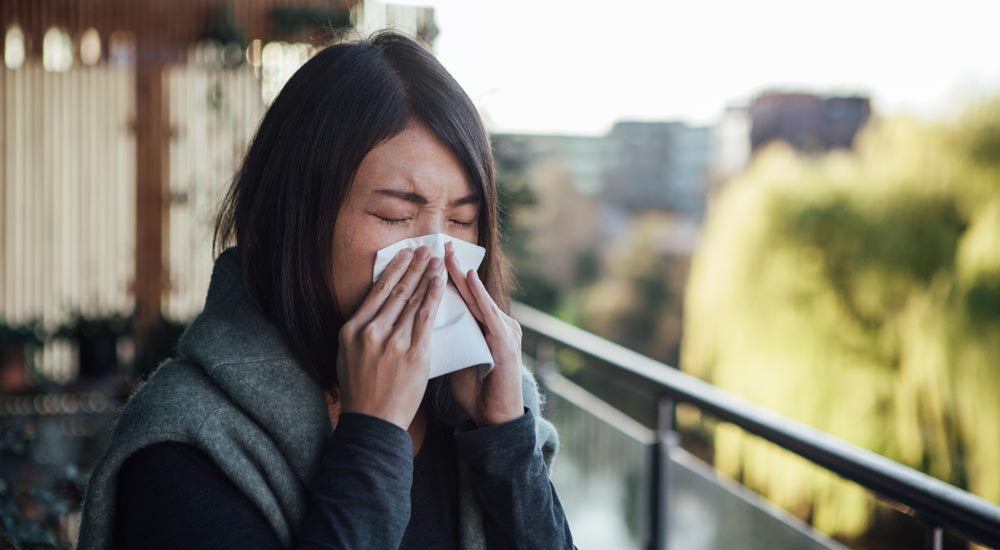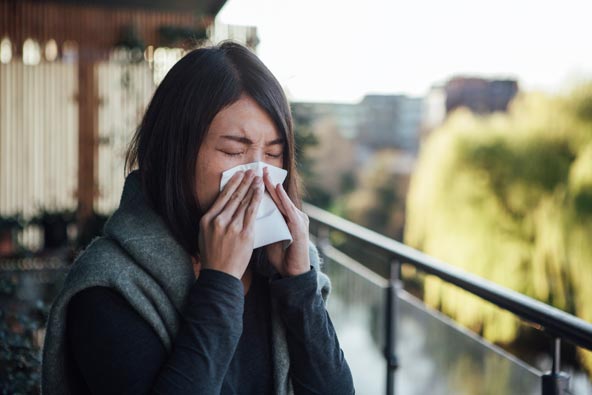As the days grow longer, birds start singing, and nature wakes up, many expect a burst of energy after a long winter. But instead of feeling refreshed and motivated, it's not uncommon to experience a strange sense of tiredness—as if the body is struggling to catch up. That sluggish feeling, low energy, and even a bit of gloominess that shows up in spring is often referred to as “spring fatigue.” But what causes it—and is there anything you can do about it?
What is spring fatigue?
Spring fatigue isn’t a medical diagnosis, but it's a common phenomenon experienced by many as the seasons shift from winter to spring. Symptoms vary from person to person, but the most typical include:
- Feeling tired even after a full night's sleep
- Trouble concentrating
- Low energy and lack of motivation
- Moodiness or irritability
- Headaches and a “foggy brain” feeling
Despite the sunshine and longer days, the body may still feel heavy and slow. So, what’s really going on?
5 common causes of spring fatigue
1. Disruption of the body’s internal clock
One of the biggest culprits behind spring fatigue is the sudden change in light. Over the dark winter months, your body gets used to shorter days and produces more melatonin—the hormone that makes us sleepy. When daylight increases, your body’s internal clock can become unbalanced. This can lead to lighter, less restorative sleep, which affects both mood and energy levels.
2. Vitamin and mineral deficiencies
After a long winter indoors, many people are low on vitamin D, which is primarily synthesized through sun exposure. Vitamin D contributes to normal immune system function and helps maintain normal muscle function. Iron is also important—it contributes to normal cognitive function and energy metabolism. Magnesium and B vitamins (B1, B2, B3, B5, B6, and B12) also help support normal energy metabolism as well.


3. Pollen allergy – the hidden energy thief
Pollen allergies are often associated with a runny nose and itchy eyes, but one of the most overlooked symptoms is fatigue. When the immune system reacts to pollen, it can trigger inflammation, putting extra strain on the body. This can leave you feeling tired without knowing why. On top of that, many allergy medications have a sedating effect, which can make you feel even more drained.
4. Hormonal shifts
Spring light affects more than just melatonin. It also impacts serotonin (the “feel-good” hormone) and cortisol (the stress hormone). When these hormone levels shift, it can throw your emotional balance off, making you feel more sensitive or emotionally unstable.
5. The body needs time to “gear up” again
During the winter, many of us slow down—less movement, more sitting, and maybe not the best eating habits. When spring arrives, and we’re ready to be active again, the body needs time to adjust. This transition period can show up as tiredness.


So, what can you do about it?
1. Get natural light—preferably in the morning
Exposure to daylight in the morning helps reset your internal clock. A morning walk in the sun can do wonders for your energy levels and sleep quality.
2. Revisit your diet
Focus on a diet rich in vitamins and minerals. Leafy greens, berries, whole grains, nuts, and fish are great sources of natural energy. Vitamin D is especially important—consider a supplement if you’re not getting enough sunlight. Vitamin D supports normal muscle function and immune health.
3. Move your body—but don’t overdo it
Exercise gives you energy—it doesn’t need to be intense. A brisk walk or a bike ride in the spring sun can help wake up your body. Listen to your body and move at your own pace.


4. Improve your sleep habits
Try to go to bed and wake up at the same time every day. Avoid screens before bed and create a calm evening routine. If you struggle to fall asleep, natural supplements like lemon balm and chamomile may help. Lemon balm supports better sleep and reduces restlessness, while chamomile contributes to relaxation and helps maintain healthy sleep. Both ingredients are found in Närokällan Rofylld.
5. Try a multivitamin
If you’re sleeping well but still feel tired, we recommend the liquid supplement Mega Multi Advanced —one of the most comprehensive formulas on the market, containing over 100 ingredients with rapid absorption. It includes B vitamins (B1, B2, B3, B5, B6, B12), vitamin C, iodine, magnesium, and manganese—all of which support normal energy metabolism.
In summary
Spring fatigue is common—but it’s not something you have to just live with. By understanding the causes and taking small steps to support your body with light, good nutrition, movement, and rest, you can help yourself regain balance. And perhaps most importantly—be patient. Your body just needs a little time to transition from winter hibernation to spring energy.
So take a deep breath, step into the light—and be kind to yourself. The energy will return, slowly but surely.

